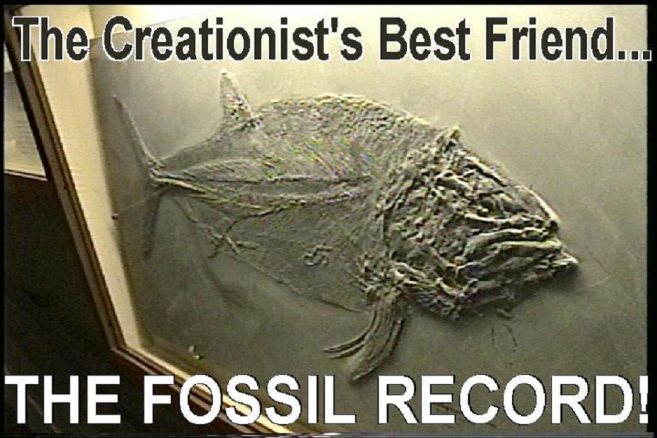Questions
FromReadersGod
warnedCainthat‘sinwascrouchingattheentranceandforhimwasitscraving,’whichseemstoalludetoawildbeastanditsprey.(Genesis4:7)WhywouldthatlanguagebeusedifbeforetheFlood,animalsateonlyvegetation?In the books written by Moses, we find a number of verses that reflect facts or historical developments that might seem strangely out of place in their historical setting.
For example, the account at Genesis 2:10-14 gives geographical details about the garden of Eden. Moses wrote that one river was "the one going to the east of Assyria." But the land of Assyria derived its name from Asshur, Shem’s son born after the Flood. (Genesis 10:8-11, 22; Ezekiel 27:23; Micah 5:6) Evidently, in his accurate, inspired account, Moses simply used the term "Assyria" to refer to a region that was familiar to his readers.
Consider another example from the early chapters of Genesis. After Adam and Eve sinned and were expelled from the garden, Jehovah prevented them from returning. How? Genesis 3:24 says: "He drove the man out and posted at the east of the garden of Eden the cherubs and the flaming blade of a sword that was turning itself continually to guard the way to the tree of life." Notice, "the flaming blade of a sword." Did God invent swords?
We need not conclude that our loving Creator was the first one to make what we know as swords. Adam and Eve saw turning in front of the angels something that was blazing. What exactly was it? By the time Moses wrote the book of Genesis, swords were well-known and used in warfare. (Genesis 31:26; 34:26; 48:22; Exodus 5:21; 17:13) So Moses’ words "the flaming blade of a sword" enabled his readers to visualize to a degree what existed at the entrance of Eden. The information known in Moses’ day contributed to the understanding of such matters. And the language Moses employed must have been accurate, for Jehovah had it included in the Bible.—2 Timothy 3:16.
Now what about Genesis 4:7? There God warned Cain: "If you turn to doing good, will there not be an exaltation? But if you do not turn to doing good, there is sin crouching at the entrance, and for you is its craving; and will you, for your part, get the mastery over it?" As noted, the language seems to portray the image of a hungry wild beast crouched to pounce on and devour prey.
Nonetheless, evidence in the Bible points to Adam and Eve’s having been at peace with all animals. Some of the creatures may have been quite comfortable around humans, even benefiting from the nearness. Others were wild beasts, animals that naturally sought habitat away from humans. (Genesis 1:25, 30; 2:19) Yet, the Bible does not suggest that any of the animals preyed upon other animals or upon humans. Originally, God specifically assigned vegetation as the diet for both animals and humans. (Genesis 1:29, 30; 7:14-16) That did not change until after the Flood, as Genesis 9:2-5 indicates.
What, then, of God’s warning to Cain, as we read at Genesis 4:7? Certainly the image of a savage beast crouched and ready to spring on prey would have been easily understood in Moses’ day, and we understand it too. So, again, Moses might have been using language adapted to readers familiar with the post-Flood world. And even if Cain had never seen such a creature, he would have been able to get the point of a warning that likened the sinful desire in him to a hungry, ravenous beast.
The primary aspects that should have greater impact on us are these: God’s kindness in warning Cain, the value of humbly accepting counsel, how easily jealousy can corrupt one, and how seriously we should take other divine warnings that God put in the Scriptures for us.—Exodus 18:20; Ecclesiastes 12:12; Ezekiel 3:17-21; 1 Corinthians 10:11; Hebrews 12:11; James 1:14, 15; Jude 7, 11.


